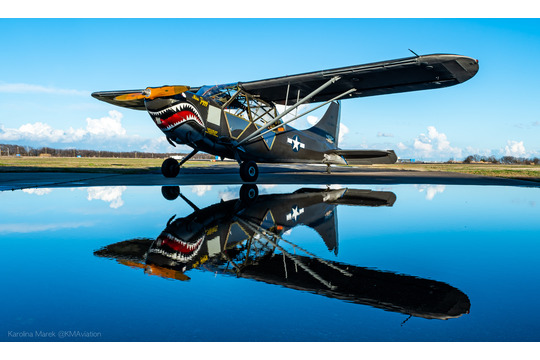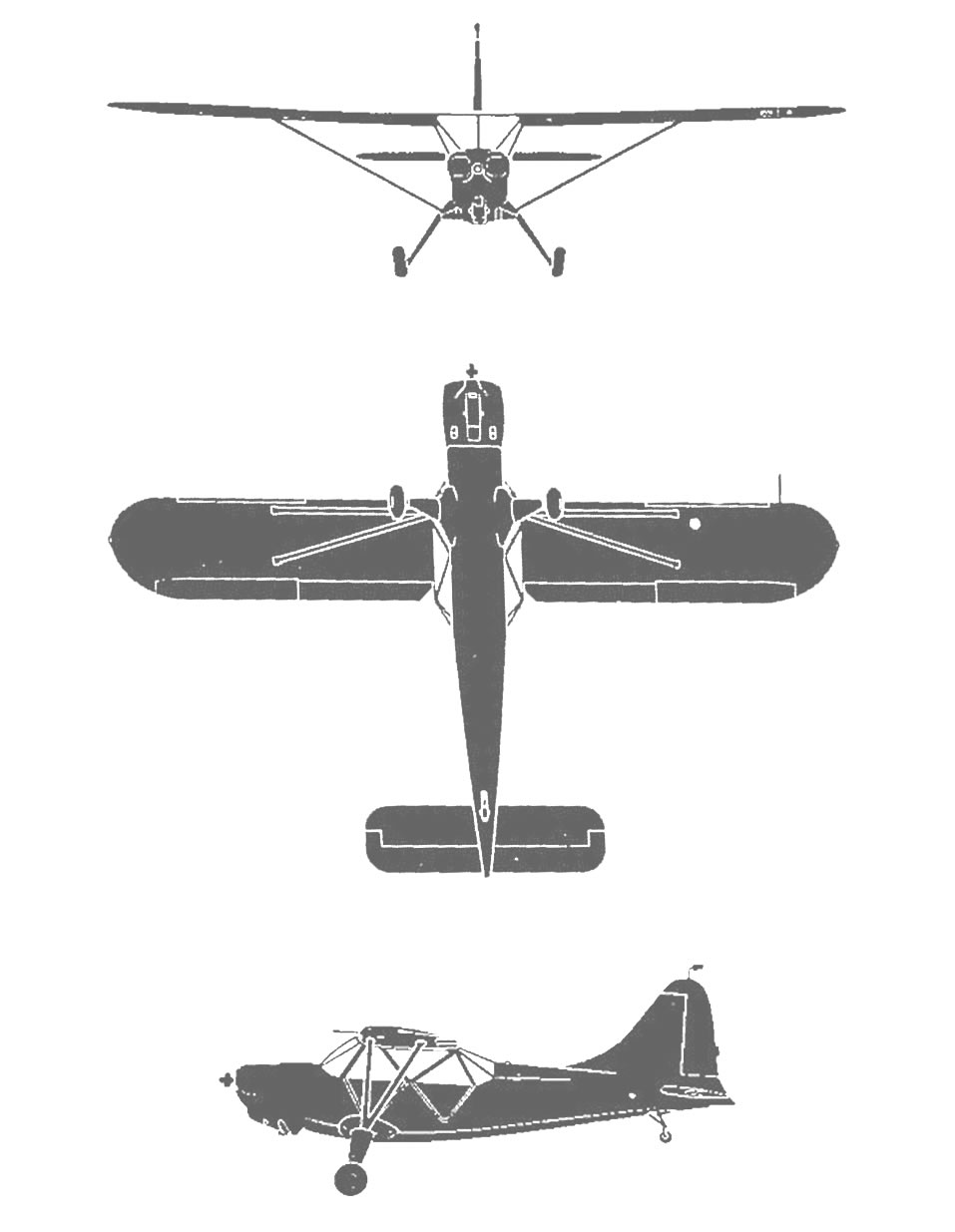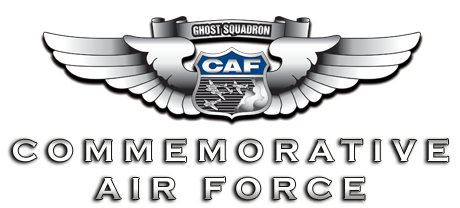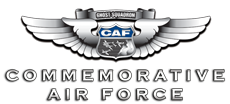L-5 Miss Ziggy Dallas/Fort Worth Wing

Description:
Base:
Lancaster, TX
Website:

| L-5 Specs | |
|---|---|
| Role | Liason |
| Manufacturer | Stinson |
| Produced | 1942–1945 |
| Power | 1 × Lycoming O-435-1, 185hp |
| Length | 24 ft 1 in |
| Height | 7 ft 11 in |
| Wingspan | 34 ft 0 in |
| Range | 375 sm |
The origins of the L-5, affectionately known as the "Flying Jeep", can be traced to the prewar civilian Stinson HW-75. In March 1943, with the creation of the liaison category of light observation aircraft (previous examples came from Taylorcraft Aircraft as the L-2, and from Aeronca as their L-3, along with the numerous Piper L-4) the designation for Stinson's new purpose-built military design was changed to the L-5. The primary purpose as a liaison aircraft was courier and communication work, artillery spotting and casualty evacuation. The fuselage of later models was redesigned so the aircraft could also be used as an air ambulance, or for cargo work. With a wider and deeper rear fuselage section and a large rear door that folded downward, a litter patient or 250 pounds of cargo could be quickly loaded aboard. The L-5 series was manufactured between December 1942 and September 1945, during which time 3,590 of the unarmed two-seaters were built for the United States armed forces, making it the second most widely used light observation aircraft of the war behind the Piper L-4 Cub.

